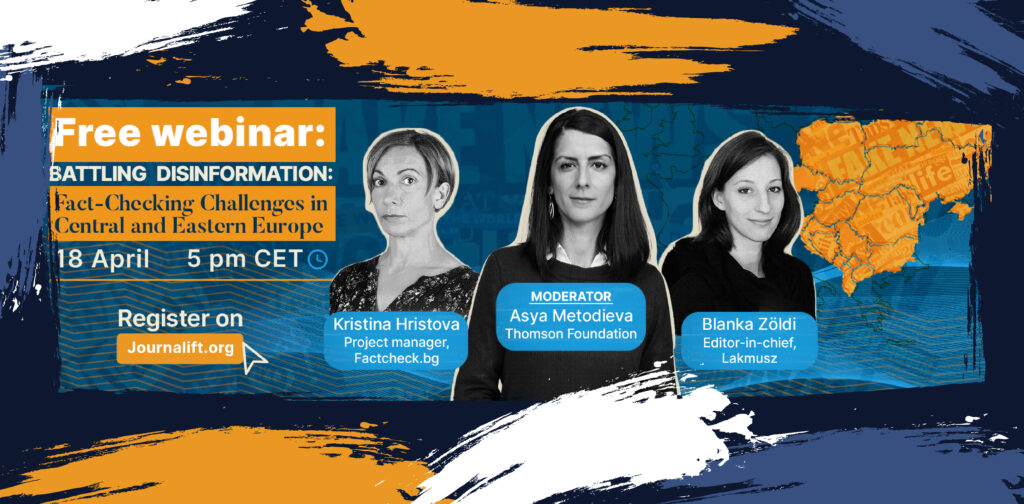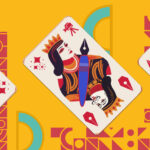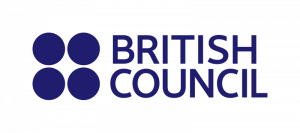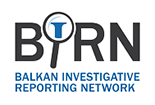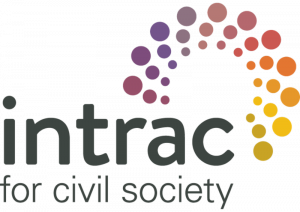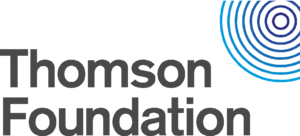Attacks on female journalists in Europe went up for nearly 17% last year. According to the Coalition for women in journalism, in September 2021 especially. Only during that month online violence against female journalists in the world went up for 900%.
In the Western Balkans region, online harassment, but also the verbal or physical threats, are still the everyday reality journalists face. The situation is very similar in all six countries, with only nuances differing the position of male and female journalists, as well as the problems they encounter while doing their job.
According to the World press freedom index from Reporters without borders, the best ranked out of six Western Balkans countries is Bosnia and Herzegovina (58th).
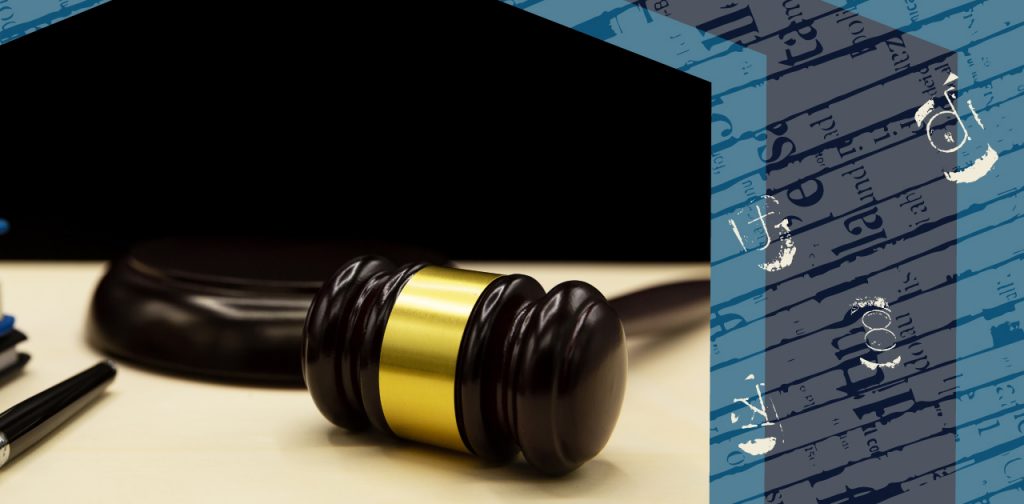
Lawsuits, online threats, and the lack of institutional support – the best in the region
According to the Western Balkans’ Journalists’ Safety Index, a tool designed by the platform safejournalists.net, in Bosnia and Herzegovina the number of defamation lawsuits filed by politicians and other officials against the media, which journalists perceive as pressure, remains very high.
“In 2020, the authorities tried to restrict the right to freedom of expression for journalists and citizens by adopting regulation under the pretext of preventing the spread of panic during the pandemic,” stated the Safety Index, adding that there have been several recent cases of SLAPP lawsuits with extremely high damages. The fact that journalists in this country mostly don’t have permanent employment contracts, adding to the low salaries and the lack of unions and collective agreements, is also seen as one of the big issues.
From 2019 until August 2021, the Helpline for journalists, run by BH journalists’ association, listed 44 cases of gender-based violence and assaults on female journalists in Bosnia and Herzegovina. Their analysis shows that gender based online harassment makes up almost 53% of all cases. Only two thirds of female journalists decide to report it to their newsroom.
Even though the BH journalists’ association regularly communicates with the police and prosecutor offices, the courts as well as the ombudsman's office, because of a very complex political structure Bosnia and Herzegovina has, the Association spends a lot of time trying to figure out which of the institutions is the right address for every individual case.
“In Bosnian judiciary system there is no specific record of the cases related to the attacks on journalists and that makes it very hard for us to have relevant statistics. The only ones we have are those from the Help line for journalists and the one from the Ministry of interior of Republic of Srpska,” stated the BH journalists’ association.
In their view, what would improve the rights of media workers is forming a special sector devoted to press freedom within the institution of Ombudsman of Bosnia and Herzegovina. Even though they have initiated that several times, there are still no changes.
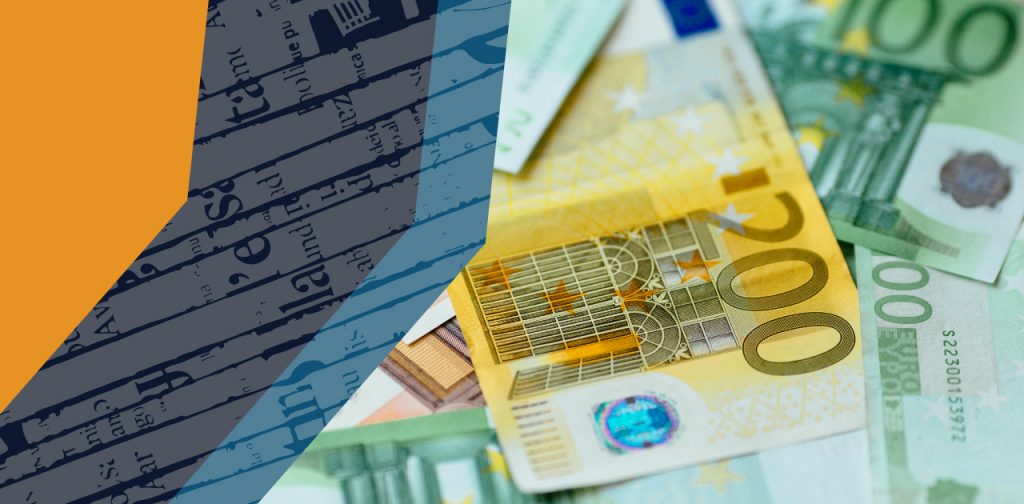
What does the 78th place bring?
From the perspective of RSF’s World Press Freedom Index, the second best in the region is Kosovo (78th). The main challenge for journalists in that part of the Western Balkans is financial and job-related insecurity, which has worsened even more due to the pandemics in 2020, according to the Association of journalists of Kosovo.
The working conditions are not so different for male and female journalists, but the pressures based on gender become visible when it comes to pregnancy issues and maternity leave. Especially after female journalists return to retake their job positions.
The reports about attacks on journalists show that the situation hasn’t changed much compared to previous years. Even though Kosovo started advancing on the Reporters without borders list in the last few years, in 2021 it fell down eight places. It is now ranked 78th according to the Press freedom index.
According to the Association of journalists of Kosovo (AJK), the number of physical assaults and threats against journalists is on the rise. In the last three years (until September 2021) 62 cases were recorded. The pandemic and political turmoil had a negative effect on press freedom as well.
When it comes to impunity, the situation hasn’t changed much in the previous two decades. Cases of journalists who are missing or who were killed in Kosovo still aren’t solved. Kosovo lacks serious mechanisms for following and collecting information about the threats and assaults on media workers and their organisations, stated the AJK.

Albania – the country where you get fired via SMS
This Western Balkans country is ranked 83rd out of 180 countries of the world. What does that mean in everyday life of Albanian journalists? Well, according to the platform Safejournalists.net, it means that they have to face a reality in which Albania’s state institutions have not established effective mechanisms specific for journalists and media staff to provide protection when they are threatened.
“Most of the cases of attacks on journalists in 2020 refer to unlawful police arrests or detention of journalists while covering protests or reporting from the field. The follow-up measures, such as investigations and bringing the perpetrators to justice in case of attack against journalists, are slow and ineffective. State institutions lack resources and capacities to protect journalists in the online and offline space,” stands in the report of Safejournalists’ index.
What also had a chilling effect on journalists in Albania in 2020, especially those practising investigative journalism, were dozens of defamation lawsuits.
So called SLAPP lawsuits became a usual mechanism for censorship, intimidation and keeping independent media outlets quiet.
Safejournalists also note that the most usual forms of pressure journalists in Albania face inside their newsrooms are the decisions made by managers or media owners to shut down programs, intimidation, economic insecurity, harassment. In Albania the owners of the media fire journalists just by sending an SMS.
Even though the situation isn’t much different for male and female journalists, women stated that they are also exposed to sexual harassment, but also that their right to maternity leave isn’t always respected.
During 2019 and 2020, journalists in Albania have been shot at, they’ve been teargassed, threatened on live television, their work permits have been taken from them and they’ve been targeted by campaigns of highly ranked politicians.
In 2020 one journalist in Albania was killed, one’s life and physical safety was threatened, nine of them were physically assaulted, three were harassed, followed and molested through administration.

SOS – the operator is currently busy, try later
Ranked 90th on the list of RSF, North Macedonia registered two physical attacks on journalists in 2020, three of them got threats that could endanger their safety and their lives. There were seven non-physical threats and cases of harassment and two attacks on media outlets.
The Independent union of journalists and media workers of North Macedonia stated that nine of them were assaults on female journalists. Only four were reported to police and only one attacker was arrested and later convicted. Most of the assaults occurred online.
According to Safejournalists.net, in 2020 a mechanism for free legal aid for any victim of gender-based assault and violence, including woman journalists, has not been established. That platform suggests that there were a lot of gender-based threats and harassment towards female journalists in North Macedonia. Also, the established telephone line for fast and efficient assistance to journalists in case of attacks did not work.
“The journalists who were the subject of attacks had nowhere to turn to the institutions for immediate assistance and support, except for the Cybercrime Sector at the Ministry of Interior. Out of the registered online attacks, only two were prosecuted,” stated the platform in the report about North Macedonia. Representatives of the Independent union of journalists and media workers expect a new bill to make things better for journalists in the country.
“We expect the Parliament to change the Criminal law soon, so that attacks on journalists while on their professional assignments becomes an attack on a public official. That would mean the police and the prosecutor’s office would have to operate swiftly so journalists wouldn’t have to, like in most of the cases so far, file private lawsuits,” said an official from the Union in September 2021.
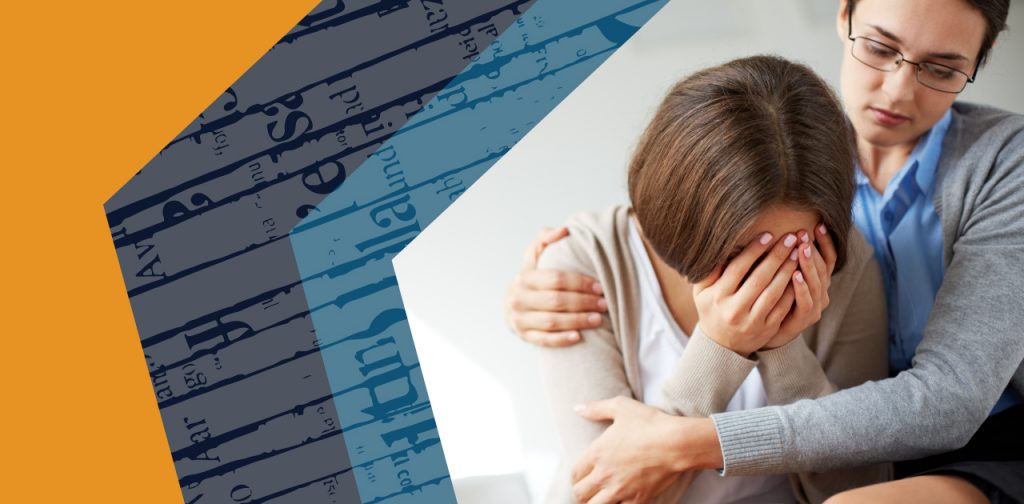
The escalation of violence against journalists in Serbia
Serbia is ranked 93rd on the RSF list, behind North Macedonia, Peru, Hungary and 89 other countries from around the world.
According to the Western Balkans’ Journalists’ Safety Index, the overall situation in the media sphere deteriorated during 2020. The platform suggests “there is evidence indicating that some cases include surveillance of journalists or media, as their communication is intercepted. They receive threats or get targeted directly in social media by the members of the ruling political party, and those threats are constantly growing. Political representatives in the Parliament threaten, target and insult journalists and their respective media.”
Sometimes the impression is that these attacks against specific journalists or specific media are well organised, states the platform “safejournalists.net”. Lawsuits against journalists are also one of the mechanisms of pressure. The Independent Association of journalists of Serbia noted that only in the first ten months of 2020, 325 lawsuits against journalists and media outlets were submitted to the Higher court in Belgrade. They didn’t have confirmed information about how many of those lawsuits were submitted by state officials and politicians.
Journalists in Serbia were denied from accessing and reporting from certain events – sixteen such cases in total during 2020. Their work became even more difficult due to the pandemic and protests in several Serbian cities in July 2020. That brought to escalating numbers of violent physical attacks on journalists. There were 28 such cases and among them several journalists were seriously hurt, some were arrested and some had their equipment taken or destroyed.
Economic pressures are also present, especially with journalists working for local media outlets and especially with the outbreak of the pandemic. According to the Independent Association of journalists, people working for private media outlets face many different obstacles on daily bases – from finances to heavy political pressure and censorship.
The position of female journalists is even worse. They are more exposed to gender-based pressure, especially in the online sphere. Things haven’t changed drastically in the previous year. In 2021 Serbia kept its place as the 93rd country on the list.

What puts Montenegro seven places behind a county with an ongoing armed conflict?
Out of six Western Balkans countries, Montenegro is the worst ranked according to the World Press Freedom Index in 2021 (104th). It's seven places behind Ukraine and in front of it are also countries like Liberia, Mali, Paraguay, Ethiopia, Kenya and Angola.
The Institute for media of Montenegro counted fourteen attacks on journalists in the first nine months of 2021. They suggested it was a consequence of high tensions and a very polarised political landscape in the country. All of the attacks are related to the work of those journalists or to editorial policies of the media outlets they work for. Half of those assaults were addressed to female journalists. The Institute states that all of the attacks that were reported to the police were also processed and that in most cases proceedings against those responsible are ongoing.
In 2020, there were 16 registered assaults, including the arrests of four journalists. Because the working conditions for journalists were getting worse, several non-governmental organisations initiated a request for changing the Criminal law in Montenegro and recognize new criminal acts – preventing a journalist from doing his/her job and the assault on journalist while on his/her professional assignment.
One of the problems in Montenegro, according to the Institute for the media, is the slow reaction of the authorities when it comes to targeting journalists, long processes in very delicate cases and mistrust in institutions that failed for years to resolve cases of the attacks on journalists, including the murder of the editor of a magazine “Dan”, Dusko Jovanovic.
So, all of the countries in the Western Balkans have one thing in common - the pandemic made it more difficult for journalists to do their job, and more dangerous as well. Political pressures remained and verbal and online attacks got worse. And while there is talk about approaching the end of the pandemic, a future without threats or targeting for journalists in the Balkans is still not in sight.

















